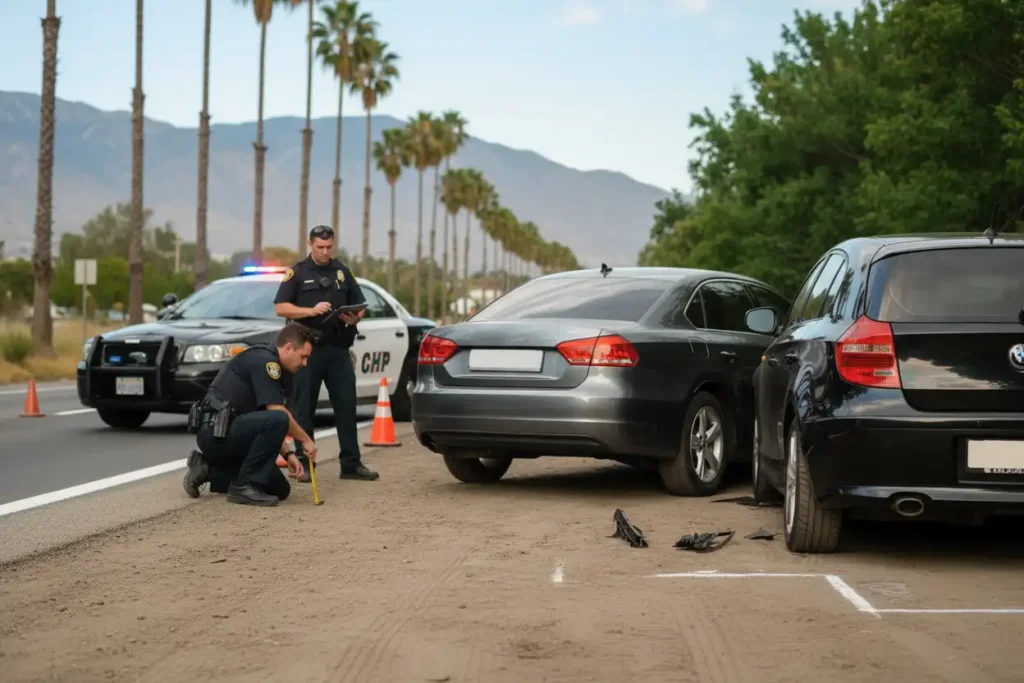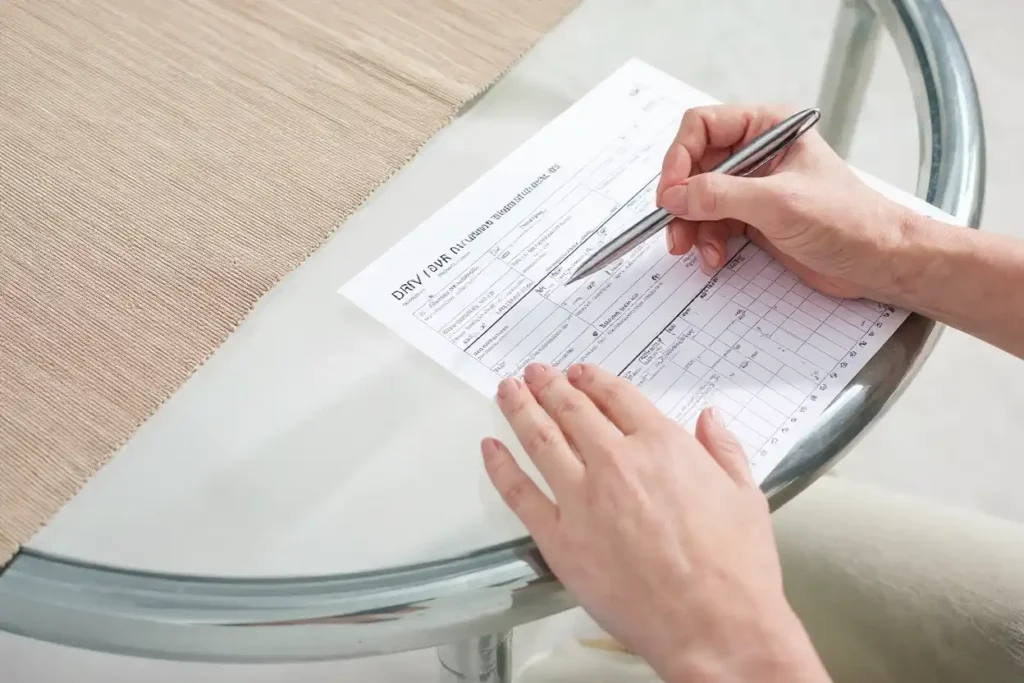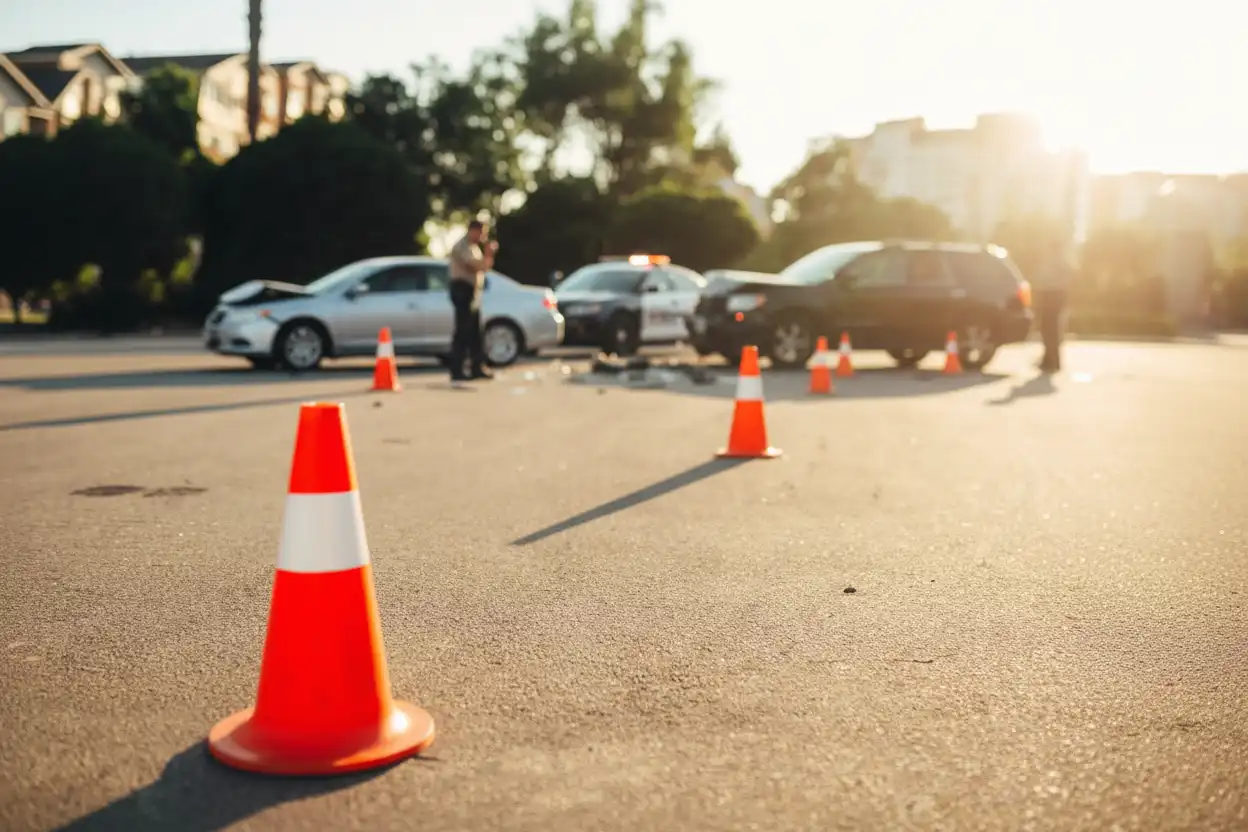What to Do After a Car Accident in California: Legal Steps That Protect Your Rights
A car accident can happen in seconds—but what you do immediately afterward can affect your health, finances, and legal rights for years. Whether it’s a minor fender-bender or a serious collision, knowing what to do after a car accident in California can make all the difference. Below is a step-by-step legal guide to help you stay calm, safe, and prepared.
1. Check for Injuries and Get to Safety
After the impact, take a deep breath and check for injuries. If anyone is hurt, call 911 right away. Even if the crash seems minor, California law requires you to stop, render aid, and exchange information. Move vehicles out of traffic if possible, but never leave the scene until it’s safe to do so.
If you feel dizzy, disoriented, or in pain, seek medical attention immediately. Some injuries—like whiplash or internal trauma—can take hours or days to appear.
2. Call the Police and File an Official Report
Always contact law enforcement after an accident. A police report creates a crucial record of the crash, including time, location, and witness statements. The officer’s report often becomes key evidence for your insurance claim or lawsuit.
Under California Vehicle Code Section 20008, drivers involved in an injury or fatal crash must report it to the police or California Highway Patrol within 24 hours. Make sure to obtain the report number for your records.
3. Exchange Information with the Other Driver
Collect the following from all involved drivers:
- Full name and contact information
- Driver’s license number
- Vehicle registration and insurance details
- License plate numbers
Keep your communication calm and factual. Avoid apologizing or admitting fault—these statements could later be used against you.
4. Gather Evidence at the Scene
If it’s safe, take photos and videos of the vehicles, skid marks, street signs, and visible injuries. These details help your lawyer or insurance adjuster recreate the scene accurately. Capture different angles and distances for context.
Also, ask witnesses for their contact information. Independent witness statements can be powerful evidence if there’s a dispute about who was at fault.

5. Notify Your Insurance Company
California is a “fault” state, meaning the driver who caused the crash is responsible for damages. However, you still need to report the accident to your insurer, even if you’re not at fault. Many insurance policies require prompt notice—often within 24 to 48 hours.
When reporting, stick to the facts and avoid speculating about who caused the accident. If the other driver’s insurer contacts you, it’s best to refer them to your attorney before giving a statement.
6. Understand California’s Comparative Negligence Law
California follows a pure comparative negligence system, which means you can recover damages even if you were partially at fault. For example, if you’re found 20% responsible for the crash, your compensation will be reduced by 20%.
This rule underscores why accurate evidence collection and legal representation are so important—fault percentages directly impact your recovery amount.
7. Seek Medical Treatment and Keep All Records
Even minor car accidents can cause serious injuries, from concussions to back pain. Always follow up with your doctor, attend all appointments, and keep copies of medical bills and prescriptions. These records provide proof of injury and treatment costs, which are essential for your case.
8. Contact a Car Accident Lawyer
Navigating insurance claims, medical bills, and California traffic laws can be overwhelming. Hiring an experienced auto accident lawyer ensures your rights are protected and your case is handled correctly.
Most personal injury attorneys work on a contingency fee basis, meaning you pay nothing upfront—they’re only paid if you win your case. An attorney can help you:
- Communicate with insurance companies
- Gather and preserve evidence
- Estimate fair compensation for damages
- File a lawsuit if settlement negotiations fail
For an overview of attorney fees and personal injury claims, check Nolo’s guide to lawyer costs, a trusted legal resource.
9. File a DMV Accident Report (SR-1)
California law requires all drivers involved in a crash resulting in injury, death, or more than $1,000 in property damage to file an SR-1 report with the DMV within 10 days. This is separate from the police report and must be filed even if you weren’t at fault.
Failure to submit this report can result in license suspension, so make sure it’s completed promptly.

10. Keep Track of All Expenses and Communication
Maintain a detailed record of everything related to the crash—medical bills, repair estimates, rental car receipts, and communication with insurers. These documents can significantly strengthen your personal injury claim.
When possible, communicate via email so you have written proof of all correspondence and agreements.
11. Avoid Common Mistakes After an Accident
- Never admit fault at the scene.
- Don’t sign insurance documents you don’t understand.
- Avoid posting about the crash on social media.
- Don’t settle before your injuries are fully evaluated.
Insurance companies often attempt early settlements to minimize payouts. Consult with your lawyer before accepting any offer.
12. Know the Statute of Limitations
In California, the statute of limitations for personal injury cases is two years from the date of the accident. If you miss this deadline, you may lose your right to file a lawsuit. However, exceptions apply—such as if the injured person was a minor or if the at-fault driver fled the scene.
13. Protecting Your Rights Moving Forward
Recovering from a car accident takes time, but understanding your legal rights helps you move forward confidently. With proper documentation, timely medical care, and support from an experienced lawyer, you can rebuild your life and secure fair compensation for your losses.
If you’ve recently been in a crash, contact an attorney who specializes in California personal injury law for a free consultation. Visit The Governors Highway Safety Association for additional information on traffic safety and accident prevention.
Final Thoughts
Knowing what to do after a car accident in California isn’t just about avoiding mistakes—it’s about protecting yourself legally and financially. Each step you take builds a foundation for recovery, both physically and emotionally. Take the process one step at a time, and don’t hesitate to seek professional help when needed.
Your rights matter—protect them from day one.



